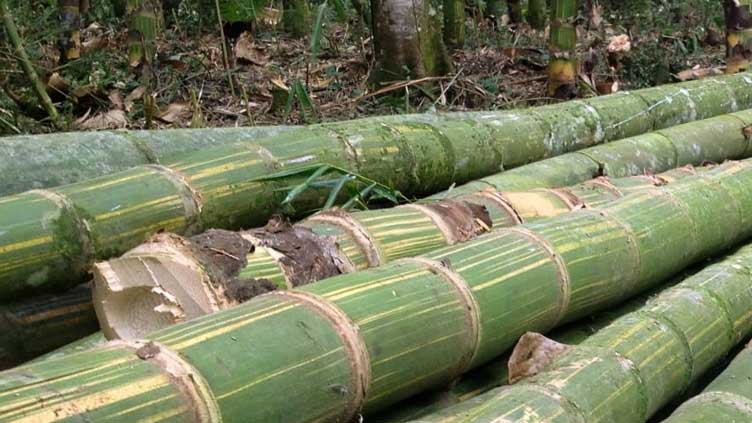In India, the price of economic development for women is often paid in safety and dignity.
Despite the nation's rising GDP, which reached $2,300 per capita in 2023, the alarming rate of sexual violence against women continues to escalate.
According to details, each year, more than 32,000 cases of rape are reported, and in 2022 alone, there were 445,256 crimes against women—51 incidents every hour.
This grim statistic has led to Delhi earning the notorious title of "the rape capital of the world."
A staggering 35% of female doctors feel unsafe during their shifts, reflecting pervasive gender-based harassment in professional environments.
Furthermore, the 2018 Thomson Reuters Foundation survey labeled India as the most dangerous country for women. Experts attribute the rising incidents of violence to inadequate law enforcement and persistent issues within the military, where sexual harassment and assault against female officers are on the rise.
Foreign female tourists are also vulnerable, which is tarnishing India’s international reputation.
Despite an influx of $83 billion in foreign investment in 2022, the country reports an average of 88 rapes daily.
Notable tourist destinations like Delhi and Goa frequently make global headlines due to incidents of sexual violence.
The culture of victim-blaming continues to deter women from reporting assaults, contributing to underreporting of these crimes.
Law enforcement agencies often face political pressure, hindering effective response to rape cases, particularly those involving foreign victims.
Despite amendments to criminal laws in 2013 aimed at curbing sexual offenses, the effectiveness of these measures remains questionable, as India grapples with the dual challenge of fostering economic growth while ensuring the safety and rights of its women.



























